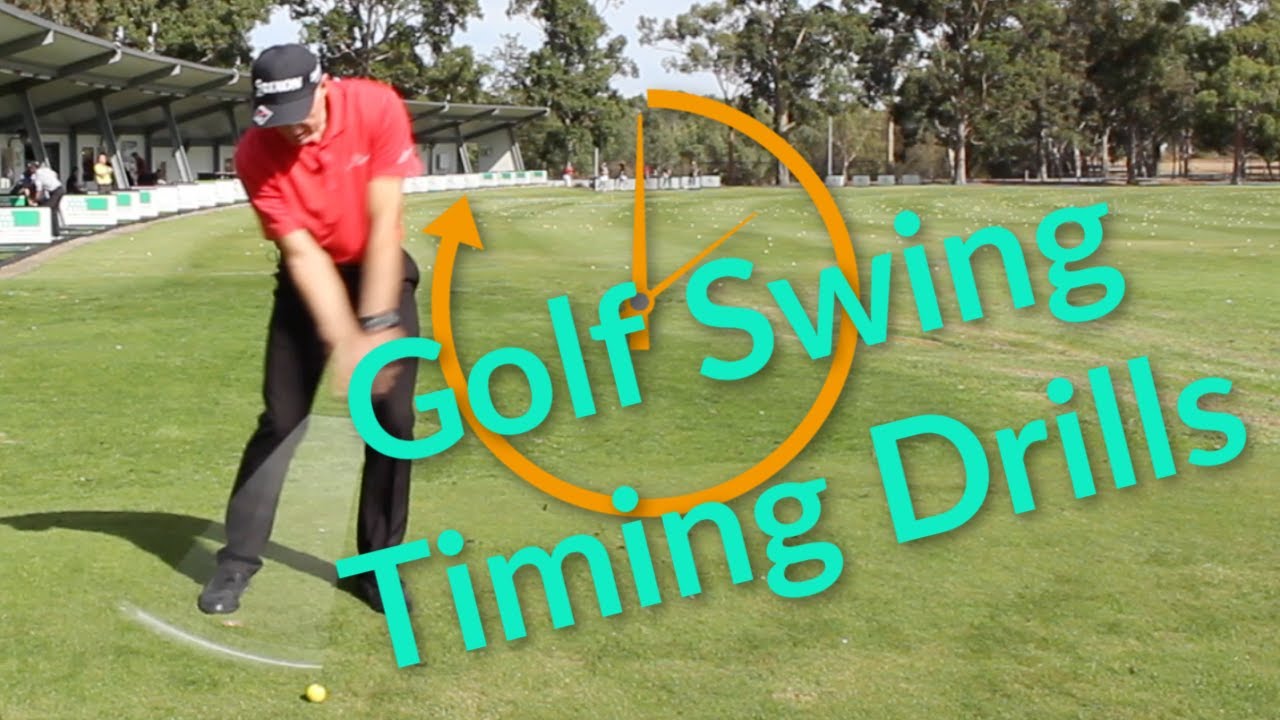You are eager to enhance your golf swing timing, and with the help of these drills, you will be well on your way to improving your game. Peter Knight Golf has put together a series of videos that focus on golf swing timing drills to help you achieve your goals on the green. Whether you are a beginner looking to perfect your swing or a seasoned player wanting to fine-tune your skills, these drills will make a significant difference in your performance.
By following the tips and techniques demonstrated in the videos, you will gain a better understanding of the importance of timing in your golf swing. Peter Knight Golf’s expert guidance will help you develop the necessary skills to ensure that your swing is well-timed and precise, leading to more accurate shots and improved overall gameplay. So grab your clubs, watch the videos, and start practicing these drills to take your golf game to the next level.
Importance of Golf Swing Timing
Having good timing in your golf swing is crucial for achieving accuracy and distance in your shots. The timing of your swing impacts how well you can strike the ball and control its trajectory. Without proper timing, you may struggle to consistently hit the ball where you want it to go. Additionally, timing plays a key role in generating power in your swing, which ultimately affects the distance you can achieve with each shot. Overall, mastering your golf swing timing is essential for enhancing your performance on the course.
Common Timing Issues in Golf Swing
There are several common timing issues that golfers may face when swinging the club. Early release occurs when the hands release the clubhead too soon in the downswing, leading to a loss of power and accuracy. On the other hand, late release happens when the hands hold onto the clubhead for too long, resulting in a lack of clubhead speed at impact. Rushing the transition between the backswing and downswing can also disrupt your timing, causing inconsistencies in your shots. Finally, having an erratic tempo throughout your swing can make it challenging to time your movements effectively.

Drills to Improve Golf Swing Timing
To address timing issues in your golf swing, you can incorporate specific drills into your practice routine. These drills are designed to help you develop a better sense of timing and rhythm in your swing. By practicing these drills consistently, you can gradually improve your overall performance on the course.
Alignment Stick Drill
The alignment stick drill is a simple yet effective way to work on your golf swing timing. To set up the drill, place an alignment stick on the ground parallel to your target line. When swinging the club, your goal is to keep the clubhead and your body in alignment with the stick throughout the swing. This drill helps you maintain proper timing by ensuring that your movements are synchronized and in sequence.

Pump Drill
The pump drill focuses on the transition phase of your swing, helping you develop a smooth and controlled movement from the backswing to the downswing. To perform the drill, practice making partial swings where you deliberately pause at the top of your backswing before smoothly transitioning into the downswing. This exercise promotes proper timing by encouraging a deliberate and fluid sequence of movements.
Swing Rhythm Drill
The swing rhythm drill is designed to improve your overall timing and tempo in your swing. Start by taking a few practice swings while focusing on maintaining a consistent rhythm and pace throughout the swing. Pay attention to the speed and flow of your movements, aiming for a smooth and controlled swing pattern. This drill is effective for developing a sense of timing that is essential for consistent ball-striking.

Metronome Drill
Using a metronome can be a helpful tool for refining your golf swing timing. Set the metronome to a specific beat or tempo that you want to follow during your swing. Practice swinging the club in sync with the metronome, ensuring that each movement corresponds to the rhythm of the beat. By establishing a consistent timing pattern with the metronome, you can train yourself to maintain a steady and controlled swing tempo.
Half Swing Drill
The half swing drill focuses on improving your timing and sequencing in a shortened swing motion. By practicing half swings, you can concentrate on the crucial elements of your swing that contribute to proper timing. Focus on initiating the swing with your lower body while maintaining a smooth transition into the downswing. Incorporating the half swing drill into your practice sessions can help you build a solid foundation for timing and rhythm in your full swing.

Practicing Timing on the Course
As you work on improving your golf swing timing, it’s important to implement drills and techniques during your actual play on the course. Use visualization techniques to mentally rehearse your swing and focus on timing-specific aspects of your game. Stay patient with your progress, understanding that timing improvements take time and consistency to develop. By incorporating timing-focused practices into your on-course play, you can reinforce good habits and enhance your overall performance.
Utilizing Technology for Timing Improvement
In addition to drills and traditional practice methods, technology can also be a valuable resource for improving your golf swing timing. Video analysis tools allow you to review your swing mechanics and timing in detail, providing insights into areas that require adjustment. Launch monitors can track important metrics related to your swing timing, such as clubhead speed and tempo. Swing analyzers offer real-time feedback on your timing and rhythm, helping you make immediate corrections during practice sessions. By embracing technology as a supplement to your timing improvement efforts, you can gain a more comprehensive understanding of your swing and accelerate your progress.
By dedicating time and effort to improving your golf swing timing through targeted drills and practice techniques, you can enhance your performance on the course and enjoy more consistent and accurate results in your shots. Remember that timing is a fundamental aspect of a successful golf swing, so practice deliberately and with purpose to refine this essential skill. With patience, persistence, and the right tools at your disposal, you can develop excellent timing that translates into improved overall performance on the golf course.






